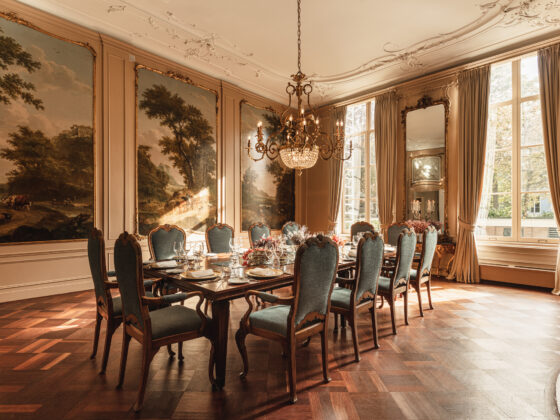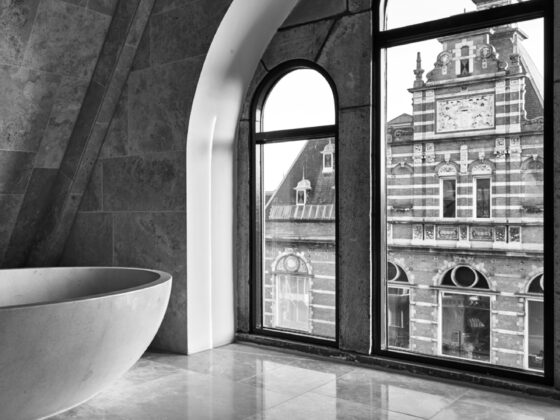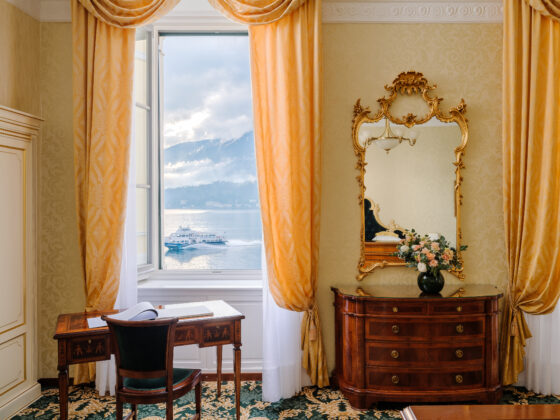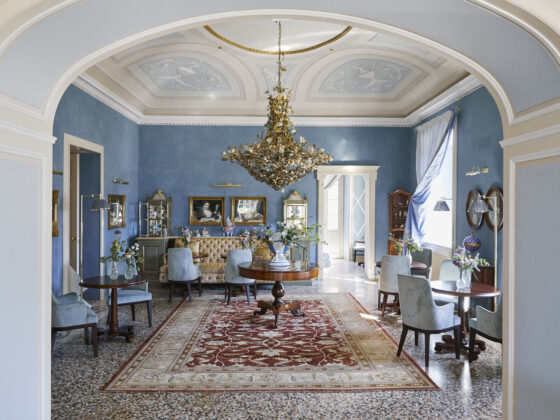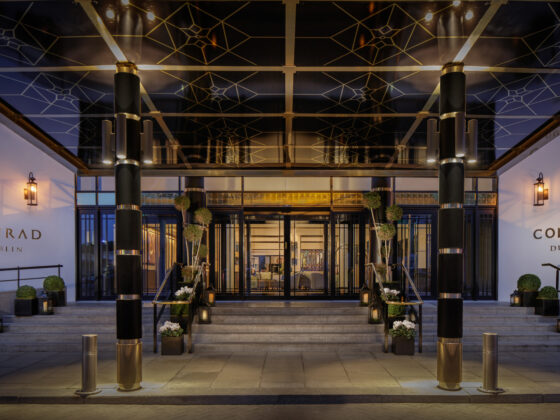By Rose Banguis-Ebuen
On Saturday, January 22, Art Curators Noor Al-Mahruqi, Zaima Al-Adawi, and Ankita Sadarjoshi forming the Zawraq Collective will be closing the doors of their imaginative and cathartic “You Can’t Be Here” exhibit. If you haven’t visited it yet, we are urging you to catch its last days primarily because at the end of your visit, you would learn that it’s not only eye-opening, it is also therapeutical for everyone who had seen and experienced the worst of the pandemic.
The 9-day exhibition which started last January 14 put front and centre the experiences of some of Oman’s most reflective and creative artists which included Tanya Shamil, Samah Al-Ansari, Bashayer Al-Nuaimi, Fatma Abdulaziz, Amnah Al-Ghailani, Umayma Al-Hinai, Razan Al-Humaidi, Reem Falaknaz, Farah Al-Adawy and Marwa Al-Bahrani.
Have you felt isolated? Did you feel the detachment over the last 24 months? Did you struggle to find the light at the end of the tunnel? Did you have days of being hopeless? All these negative feelings are not exclusive to you and having visited it early this week, we’ve come to realize that what connects us as people is our collective experience and it is by learning from each other that we can get the empowerment that we need.
Here’s a breakdown of what the “You Can’t Be Here” exhibit is all about.

I Exist Where you Stand
Imagine yourself walking into a dark narrow room, the only source of light is a tv screen with the sound of nature playing in the background. Below you is a floor covered with sand. Will you feel claustrophobic? Or you’d feel zen and calmed?
For this multimedia installation, “the artists wanted you to feel the detachment and the isolation they went through. That is why the room is really tight,” shared curator Zaima al Adawi. “But while others felt the chaos, the narrowness and the tightness, other’s find the calm,” she added.
While it wasn’t necessarily instructed, I entered this room barefoot and felt all. The isolation can be overwhelming, but if you know how to transcend, standing barefoot on the sand with your eyes closed and listening to the sound of the waves playing on the television, I realised the calm has to come from within. This room teaches you that whatever you magnify, it becomes your truth.

Wasted Youth Shopping
From the narrow chaos of the first installation, going up leads to the first floor where the “Wasted Youth Shopping” installation is located. The room was transformed into a minimart, the floor painted checkered black and white and in the middle are several shelves stacked with different food items. While it looked like your typical shopping minimart, there is something familiar but different about the whole set-up.
“The idea behind this room is to reflect on the artists’ experience that during the pandemic the only place you can visit is the supermarket. They branded the products to things that related to them personally and things that we took for granted like hugs, travelling and social plans which became the label for the items,” Zaima explained.
What is amazing about this room is that the more you look at the details, the more it becomes relatable to you. For instance, zooming into the nutritional facts on the boxes, you would actually see the rollercoaster of emotions we all felt during the pandemic progressing from sadness, to anxiety all the way to depression. Whenever you are in this room, remember that not everything is as it seems and the devil is in the detail. One thing is for sure though, all the emotional baggage showcased in this room are something you definitely have felt, too.

Teryaq
From the shopping installation, moving to the right, one will find the Teryaq room. This darkened room is filled with curtains acting out like a maze. You have to navigate through the curtains to find your way to the centre where a series of columns are filled with boxes of chocolates on the top.
“In this room, the artist wanted you to feel like you’re lost in the beginning. The curtains begin really dark and as you progress, they lighten up until they lead you to the cure and the cure is the burnt chocolate,” Zaima said.
This experience recreated our collective experience of the pandemic where nobody knew what to do in the beginning but as we continued, we eventually find the cure.
Zaima said that the artists collaborated with professional chocolatiers with the whole installation inspired by Jamaican traditional medicine. The chocolates found in the maze are a product of brown sugar and burnt oranges that are alleged to cure the loss of smell and taste.

Talisman
Further down the hall of the first floor is the Talisman installation. In this open area terrace, a brick counter is displayed prominently in one corner. Sitting on this counter are origami talismanic fishes in earthy and natural green tones. There are papers that, upon following a certain instruction, would allow a visitor to fold or create his/her own talisman. As you fold the paper, you are asked to say a wish or prayer and then can either return the talisman to the sea or bring it home.
“The idea behind the talisman is based upon this imaginary belief in magic spells. The artists designed the talisman through origami working with a Japanese artist to give it shape. It’s founded on this mythical belief that once you put the paper inside the mouth of a fish and the fish lives, that means that your wish will come true,” founder Noor Al Mahruqi said.
During the pandemic, while the scientists and medical experts were busy finding the cure through the scientific method, this installation highlights people’s potential to lean towards their mystical belief.

The Scents Diary
The final room is the Scent Diary installation located on the ground floor. This mirrored room has big yellow bulbs suspended in the centre. The bulbs were written with different words.
“The idea behind the Scent Diary is that the light bulbs in the room were given different hints of scents that remind you of the whole pandemic experience. It’s up to the visitors to figure out what these scents are,” said Zaima.
She added, “All throughout the gallery experience, the rooms focused on a particular human body sense — see, hear, taste, touch and smell. We focused on these five senses because these are the senses that everyone can relate to especially for our collective experience of the pandemic.”
While art installations like the “You Can’t Be Here” exhibit at Fikra will result in different takeaways for different people, what is evident to us during our visit is that in order to move forward, we have to talk about our collective human experience to heal. This is the reason why to us, a visit to the exhibition will be a therapeutic experience because not only will we be able to relive the experience, we gain a new perspective about the power of positivity and the strong influence of art to make sense to what we have gone through. Our recommendation, catch it before it ends.






